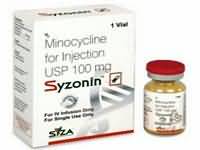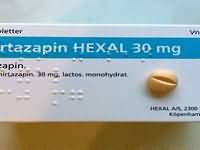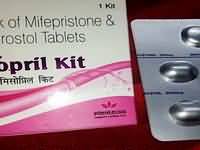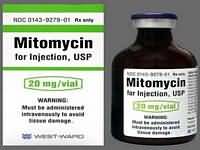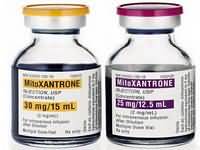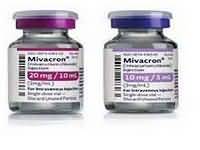Colestyramine

Colestyramine
CLINICAL USE
Hyperlipidaemias Pruritus associated with partial biliary obstruction and primary biliary cirrhosisDiarrhoeal disordersDOSE IN NORMAL RENAL FUNCTION
Lipid reduction: 12–24 g daily (in single or up to 4 divided doses). Maximum 36 g dailyPruritus: 4–8 g daily Diarrhoeal disorders: 12–24 g daily. Maximum 36 g dailyPHARMACOKINETICS
DOSE IN RENAL IMPAIRMENT
GFR (mL/MIN)
DOSE IN PATIENTS UNDERGOING RENAL REPLACEMENT THERAPIES
IMPORTANT DRUG INTERACTIONS
Potentially hazardous interactions with other drugsAnticoagulants: effect of coumarins and phenindione may be enhanced or reducedCiclosporin: may interact unpredictably with ciclosporin. Take ciclosporin at least 1 hour before or 4–6 hours after to prevent problems with absorptionLeflunomide: avoid concomitant use Raloxifene, thyroid hormones, bile acids, valproate, cardiac glycosides and mycophenolate mofetil: absorption reducedADMINISTRATION
Reconstition
Mix with water, or a suitable liquid such as fruit juice, and stir to a uniform consistencyMay also be mixed with skimmed milk, thin soups, apple sauce, etcRoute
OralRate of Administration
–Comments
Do not take in dry form Administer other drugs at least one hour before or 4–6 hours after colestyraminePrepare powder immediately prior to administrationOTHER INFORMATION
Hyperchloraemic acidosis occasionally reported on prolonged use of colestyramineOn chronic use, an increased bleeding tendency may occur associated with vitamin K deficiency
See how to identify renal failure stages according to GFR calculation
See how to diagnose irreversible renal disease
Home
